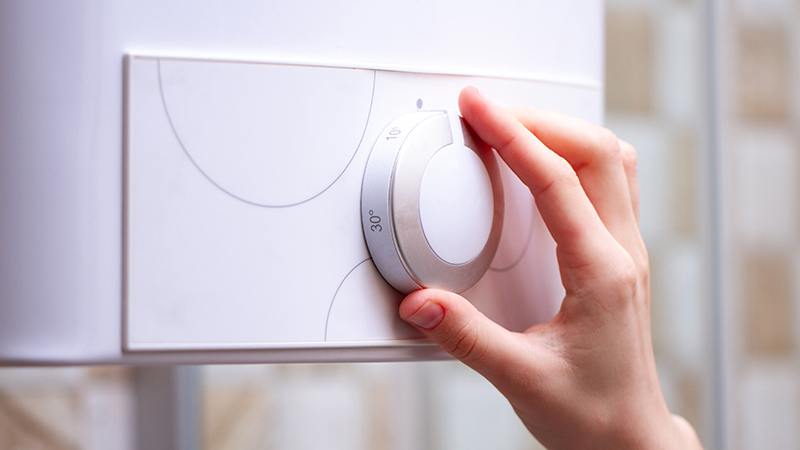April 19, 2021
The building and industrial sectors are a large piece of the puzzle in addressing climate change. Direct combustion of gas, petroleum, and coal in these homes and businesses produced 17% of the energy-related carbon dioxide emissions in Western states in 2017, according to the U.S. Environmental Protection Agency. Fossil fuel gas used for heating is responsible for most of this pollution, emitting carbon dioxide when the gas is burned to cook food or heat water and buildings. In industrial facilities, fossil gas is burned to provide both heat and power.
To avoid the worst impacts of climate change, we must reduce greenhouse gas emissions to near zero by mid-century. Reductions from gas use in buildings and industry are important for reaching this goal. In Colorado, Governor Jared Polis’ Greenhouse Gas Reduction Roadmap calls for the building and industrial sectors to reduce their emissions 19% below 2005 levels by 2030 and 90% below 2005 levels by 2050, in order to curb economy-wide greenhouse gas emissions 90% by 2050. To meet these goals, we’ll need to transition to fossil gas alternatives like efficient electric furnaces, induction cooktops, and electric water heaters.
As technology develops and costs decline, other fuels such as biomethane and green hydrogen may be viable substitutes for fossil gas in certain applications, such as industrial processes that demand high heat. For most buildings, however, electricity is currently the least expensive and best suited alternative to fossil gas.
In Western Resource Advocates’ six-state region, carbon emissions from residential and commercial buildings make up 5% of our region's total carbon emissions. Of that 5%, space and water hearing make up 83% of residential and commercial building carbon emissions for our region.
Data from the figures above was collected from the U.S. Energy Information Administration and the U.S. Environmental Protection Agency for the states of Arizona, Colorado, Montana, Nevada, New Mexico, and Utah.
The Benefits of Pollution-Free Buildings
Electrification involves replacing fossil fuels with clean, renewable electricity in a way that reduces greenhouse gas emissions. This can lower energy costs, allow for more efficient use of the electric grid, and improve indoor air quality. Helping develop policies that encourage electrification of space and water heating in homes and businesses builds on WRA’s critical progress in decarbonizing the electricity sector. As the electric grid becomes less reliant on fossil fuels, electricity becomes a cleaner option compared with gas, and the climate benefits of switching to electricity increase and compound.
Several Western states have committed to sweeping use of clean energy resources for electricity generation. Most Colorado electric utilities have committed to reduce emissions by at least 80% by 2030. New Mexico and Nevada utilities must achieve 50% renewable electricity by 2030 and 100% carbon-free electricity by 2045 and 2050, respectively.
In addition to pollution reduction benefits, electric appliances can be cheaper to own than gas appliances, especially in new homes. A recent fact sheet by the Southwest Energy Efficiency Project shows that for new homes in Colorado, an all-electric home can save almost $4,000 in upfront costs while reducing annual heating costs, compared with using gas heating and cooking appliances. For homes in warmer climates such as in Arizona and Nevada, the economics of heat pumps compare even more favorably. The economics of electric appliances are likely to continue to improve as the cost of installing and operating these appliances is expected to decline in the years ahead.
Electric appliances can benefit the electric grid, since they can be powered at different times of day and their demand for electricity can be reduced at peak times, often in response to financial incentives. Electric water heaters can provide a form of thermal storage—the water in storage tanks can be heated during times of low electricity demand or abundant renewable generation supply, in order to meet customers’ hot water needs without using additional electricity during peak demand periods. In Arizona, a 2018 pilot project with Arizona Public Service successfully used a resource management system to heat water and charge batteries during periods of high solar electricity generation, reducing strains on the electrical grid at peak demand times.
Efficient electric appliances like air-source heat pumps and heat pump water heaters can help minimize the additional load on the grid from buildings that use electricity for heating, cooling, and cooking. Investing in comprehensive energy efficiency measures in tandem with electric appliances can reduce demands on the grid and make energy systems more resilient. These steps go hand in hand with comprehensive utility planning to help ensure the grid is prepared to continue meeting electricity needs even in extreme weather.
Pollution-free homes and buildings also can have substantial public health benefits. A recent study found that gas stoves can emit nitrogen dioxide at levels that exceed EPA outdoor standards—at times, those levels reached more than 250% over the allowable standard, increasing the risk of childhood asthma and other respiratory problems. Replacing gas in homes and buildings with electric systems and cooktops can reduce this health risk.
How do we achieve pollution-free homes and buildings?
Achieving pollution-free buildings will require sustained effort. Because space and water heaters and cooking appliances have long lifespans, they are not frequently replaced. According to the U.S. Energy Information Administration, a residential gas-fired furnace can last up to 27 years, and a gas-fired water heater can last up to 20 years.
To achieve pollution-free buildings by 2050, market transformation in the next decade is crucial. In Colorado, the state’s Greenhouse Gas Reduction Roadmap shows that to achieve a 90% share of heat pumps in residential space heating appliance stock by 2050, approximately 60% of space heating appliance sales should be heat pumps by 2030. Similar rates of market transformation will be needed in other states. Currently, heat pumps make up only 2% of residential space heating appliances in Colorado and 8% across the Mountain West.
Achieving this market transformation and increasing the share of efficient electric appliances in buildings will require overcoming market barriers. Because efficient electric technologies like heat pumps lack a large market share in many Western states, customers may be unfamiliar with them, and contractors may lack the expertise to install or service these appliances. To achieve greater market share, Western states and utilities must invest in workforce training and development, build consumer awareness, and provide incentives to help ease cost constraints.
How can a clean heat standard help speed the transition to pollution-free homes and buildings?
A clean heat standard would establish greenhouse gas emission limits for gas distribution utilities, driving investment, innovation, and market transformation in new clean heat technologies, including beneficial electrification. This standard provides technological flexibility in achieving emission reduction goals, prioritizing low-cost solutions that will facilitate a faster transition.
A variety of measures could be used to reduce emissions from the distribution and combustion of fossil gas in homes and buildings, such as increased use of electricity for heating, cooling, and cooking in homes and buildings, enhanced energy efficiency, pipeline leak detection and repair, and low- or zero-carbon fuels like hydrogen. At the same time, the standard provides the regulatory certainty necessary for utilities to plan to meet the long-term goal of reducing emissions from burning gas to near zero by 2050.
A clean heat standard should ensure protection of low-income residential customers and neighborhoods that have historically borne a disproportionate burden of pollution. To achieve this, it is important to direct a significant portion of clean heat investment toward low-income or disproportionately impacted communities. Other important strategies include developing appropriate outreach and marketing materials, building effective partnerships with local community organizations, and pairing clean heat investments with traditional energy efficiency and weatherization measures to reduce overall energy burden and maximize benefits. A clean heat standard also should encourage utilities to use skilled local labor and invest in workforce development.
WRA is working with governors, legislators, and stakeholders to advance policies that encourage beneficial electrification and clean heat standards across the West.



